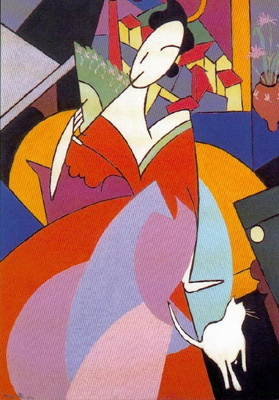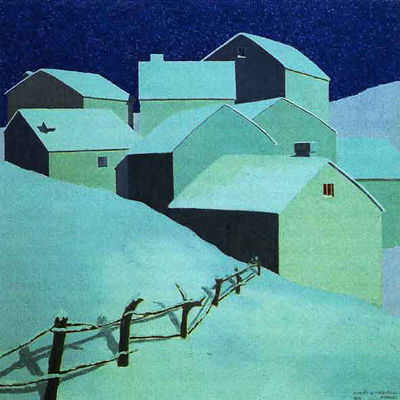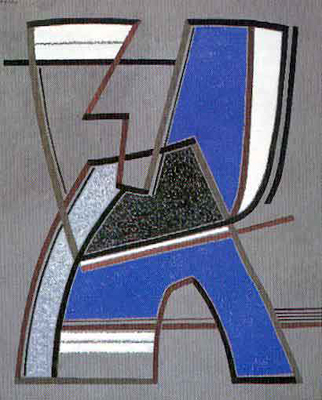The Magnelli Museum
ALBERTO MAGNELLI (1888-1971),
A contemporary of Picasso (who was a great admirer of his work), Magnelli was an Italian painter from Florence. He sought refuge in Grasse during WWII and lived in the town from 1940s to the 1970s.
The unique collection of his work at Vallauris, selected by the artist during his lifetime consists of paintings, engravings and collages enabling his artistic development.
Comprising 47 paintings, this collection was acknowledged by Magnelli himself to be the essential backbone of his lifework, from “Neve” (oil on canvas, 1910) to his very last works dated 1969.
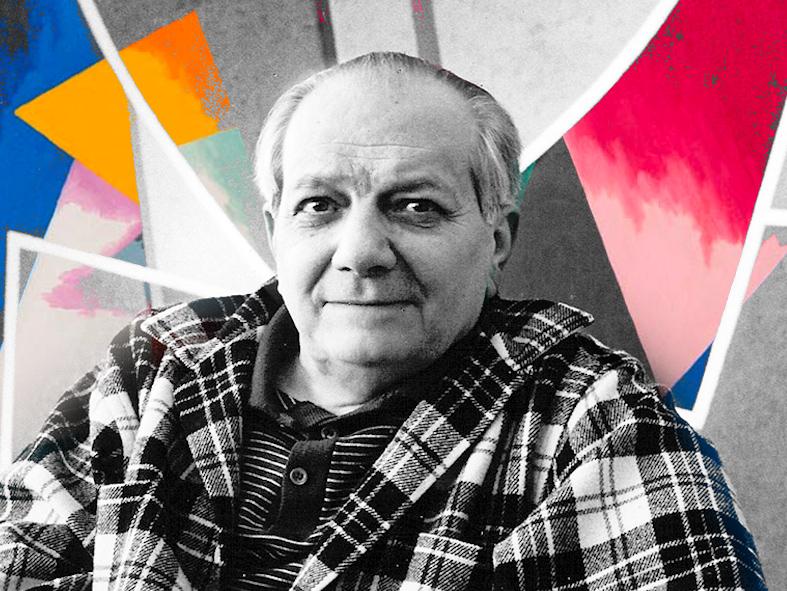
PRATICAL INFORMATIONS
Opening days and hours
from September to June, from 10h
to 12h15 and from 14h to 17h,
every days except Tuesday
From July to August, from 10h
to 12h30 and from 14h00 to 18h30,
every days
Closed on public holidays
PRICES
Price : 6 €
Reduced rate: 3 €
Free for under 18S and on the first Sunday of every month
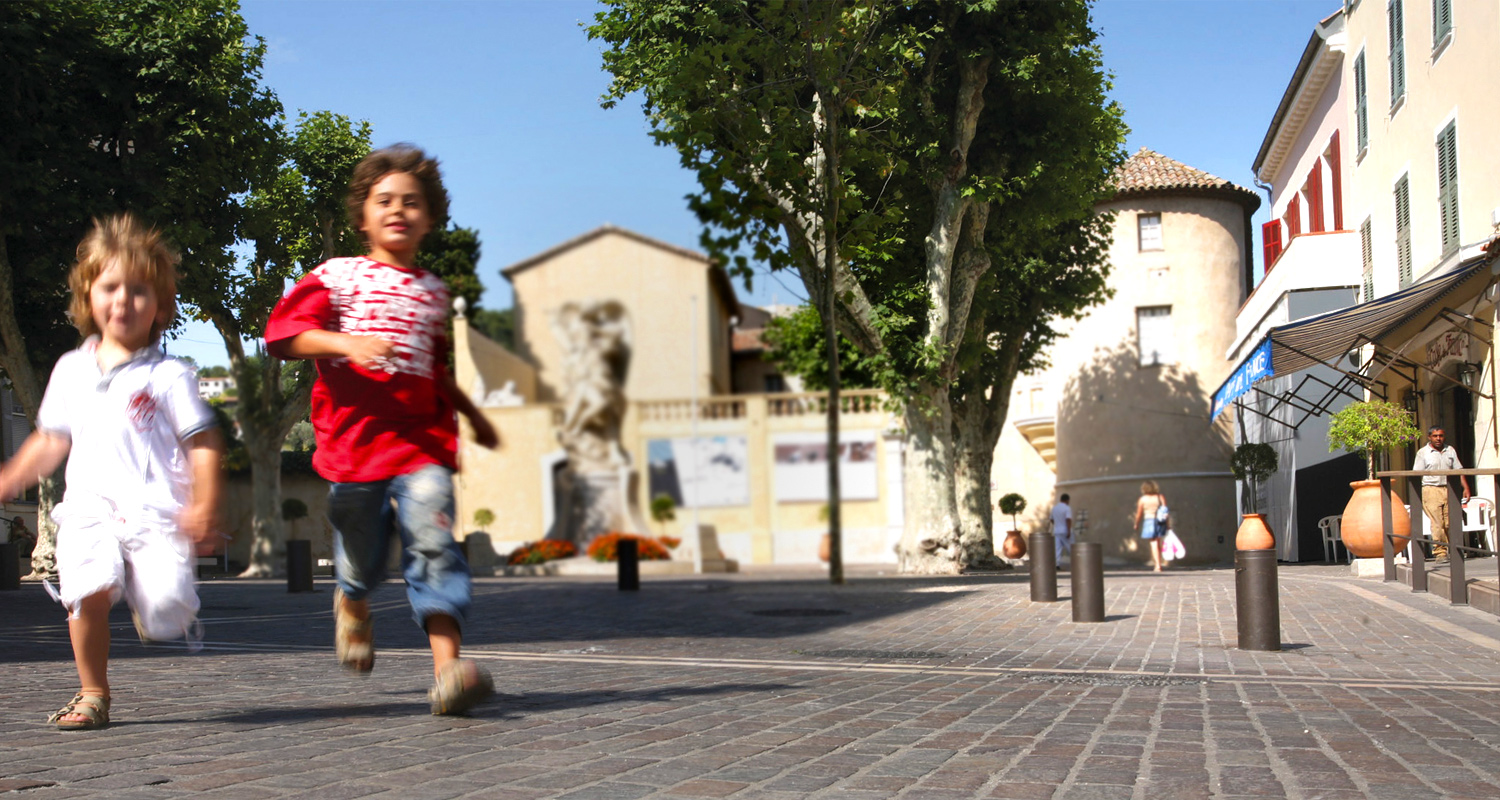
more information
Born in Florence in 1888 in a family of shopkeepers, Alberto Magnelli (1888-1971) achieves his first painting, a landscape, in 1907. He was a self-taught artist who never attended any art school nevertheless he studied the primitive Italian painting. His masters were Paolo Uccello, Masaccio, and above all Piero della Francesca to whom heowes his sense of composition.
In Florence, he kept company with the artists of the Futurist movement but never wanted to join them. While his early works such as Neve (1910) – the first important painting in his career- were dedicated to the architecture of painting and plain colours, after 1914, his production (Virginia, Nature morte à la boîte rouge, and La Japonaise) is painted with bright flat tints, which totally contrasts with his previous work. In 1914, Magnelli travels for the first time to Paris where he meets Apollinaire, Picasso, Léger and Archipenko.
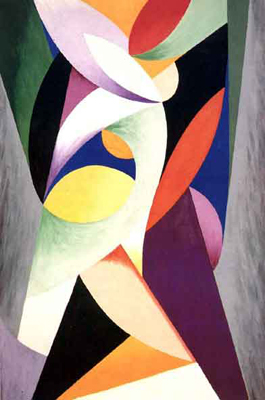
Peinture 0521 1915 Inv. 1978-6-1 © ADAGP, Paris, 2009
Back in Italy, he is forced to stay because of the break of the war in 1915. During this period, he produces paintings by resorting to a logical simplification of forms, progressively turning to abstraction. He thus becomes the first Italian abstract painter. Peinture n° 0521 (1915) – entitled with a simple number- is an emblem of his first abstract works. By 1917, he reintroduces figurative elements: the series of Explosions Lyriques (1918) are an echo to the end of the war, particularly dynamic and free in the style.
In 1922, Magnelli goes back to a more classical style. At the end of the 1920’s, he stops painting. In 1931, he starts again and we witness a renewal in his painting as he visits the Carrara marble quarries, he produces the series of Pierres. The same year he moves to Paris where an exhibition is held especially for him for the first time at Pierre Loeb’s in 1934.He meets Kandinsky and definitively turns to abstraction. Formes rebondissantes (1937) or Complice (1938) are representative of Magnelli’s abstract paintings.
As France is under Nazi occupation, Magnelli and his wife seek refuge in the south of France in Grasse. He makes friends with Jean Arp, Sophie Taeuber and Sonia Delaunay who are also refugees. Altogether, they produce a collaborative album of lithographs entitled 10 Origin.
Back in Paris in 1944, he is regarded as a great abstract painter thanks to the exhibition at the Drouin gallery in 1947. His achievement still keeps elements of reality as we can see in the titles of his paintings and in the interlocking of organic forms like in Rien d’autre (1947). He then moves toward a monumental style, Volontaire n°3 comes as an echo to his first works. His painting is then characterized by its’ austerity and rigour – which he learnt from the Italian Renaissance- and geometric forms.
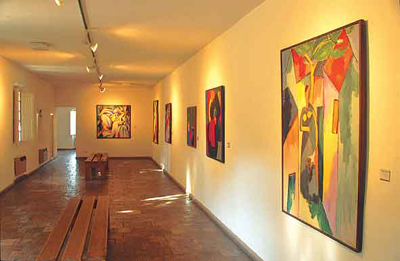
The Magnelli museum
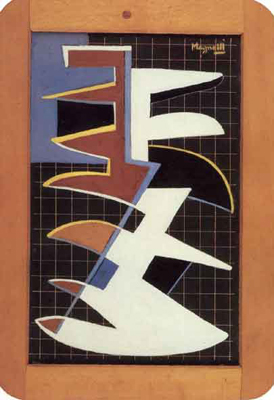
Ardoise Vers 1940 Inv. 1997-23-1 © ADAGP, Paris, 2009
The national Picasso Museum
The Ceramics Museum
Vallauris Golfe-Juan
in 1 click
Brochures
Guides
Gallery
Photos
Map
Access
Agenda
Events




